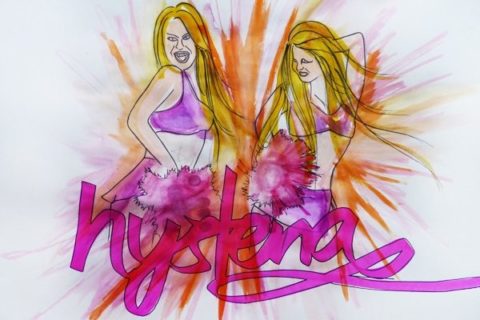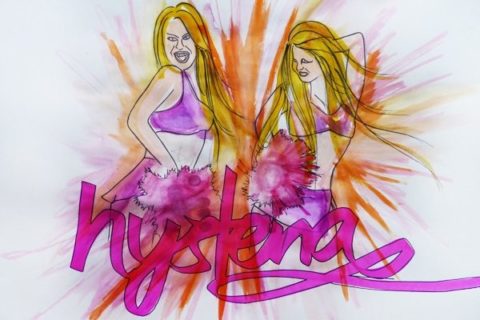SNP’s word of the day: Hysteria


Word: Hysteria
Meaning: A common 19th-century medical diagnosis; a nervous condition, or acute outbreak of nerves, that remains inexplicably linked to being female.
Usage: “Hysteria is ‘not a disease; rather it is an alternative, physical, verbal, and gestural language, an iconic social communication” — Mark Micale, author of Hysterical Men: The Hidden History of Male Nervous Illness
You should know it because: Last year, hysteria seemed so empirically and definitely a thing of the distant, repressive past that a period film was made of it: Tanya Wexler‘s Hysteria, which showed how this most Victorian diagnosis led to the invention of the vibrator (and had a rather, um, buzzy premiere at TIFF). This year, I’m reading about in the news. The story, basically: 12 New York high school cheerleaders came down with simultaneous, unshakeable cases of Tourette’s. A (female) neurologist is working with them, and has diagnosed it as “conversion disorder,” or hysteria. Meanwhile, the real Erin Brockovich is out gathering evidence of environmental damage, lest they be afflicted with whatever Julianne Moore had in Safe (1995). And speaking of Safe, should Girl Land–author and feminism’s Public Enemy No. 1 Caitlin Flanagan perhaps have watched that very good, legit subversive Todd Haynes film before writing her gobbledyslop of a New York Times column last weekend? Yes, yes she should’ve. Because Flanagan argues that these girls, and all teenage girls, just need to be saved from the world. Supported and protected. Given space. A padded white room isn’t stated, but bloody well implied, in Flanagan’s pre-Freudian analysis.
Before I completely freak out, some context: Flanagan is the same woman who once argued, in The Atlantic, that the distressingly, essentially anti-sex Twilight series is indicative of the adolescent girl’s distaste for “hook-up culture” and basic longing for, well, more longing. She also wrote, in her book, that she wouldn’t be upset if her teenage kids had oral sex—because they’re boys. Girls, on the other hand, should be kept indoors. The capital of Flanagan’s misty, halcyon Girl Land must be, like, Pleasantville.
It is a place, in other words, where girls should be cheerleaders. And I doubt very much that these real life cheerleaders, these pretty, middle-class girls who go to a nice school in upstate New York, have anything less than supportive and protective parents. They probably have all kinds of safety. Hence, the Haynes film. In Safe, Moore’s character is a grown-up good-girl cheerleader type in suburban California. She becomes ill not despite of, but from, all that space; from her toxic patriarchal marriage; from the chemically laden furnishings it’s her sole job to order, to have delivered, to wait around for, at home. Hysteria, make no mistake, is a symptom of female oppression. Its diagnosis is a tool for furthering that oppression. And Caitlin Flanagan is a tool for spreading it.







